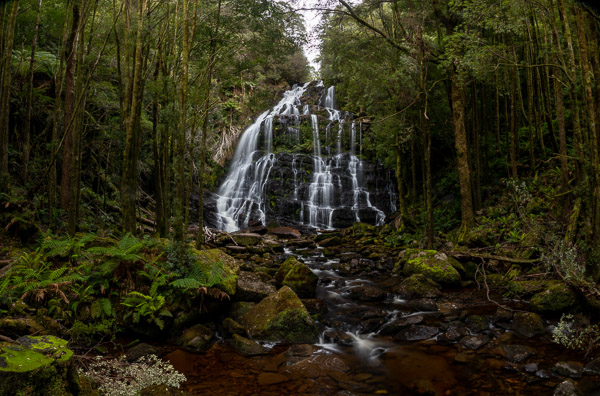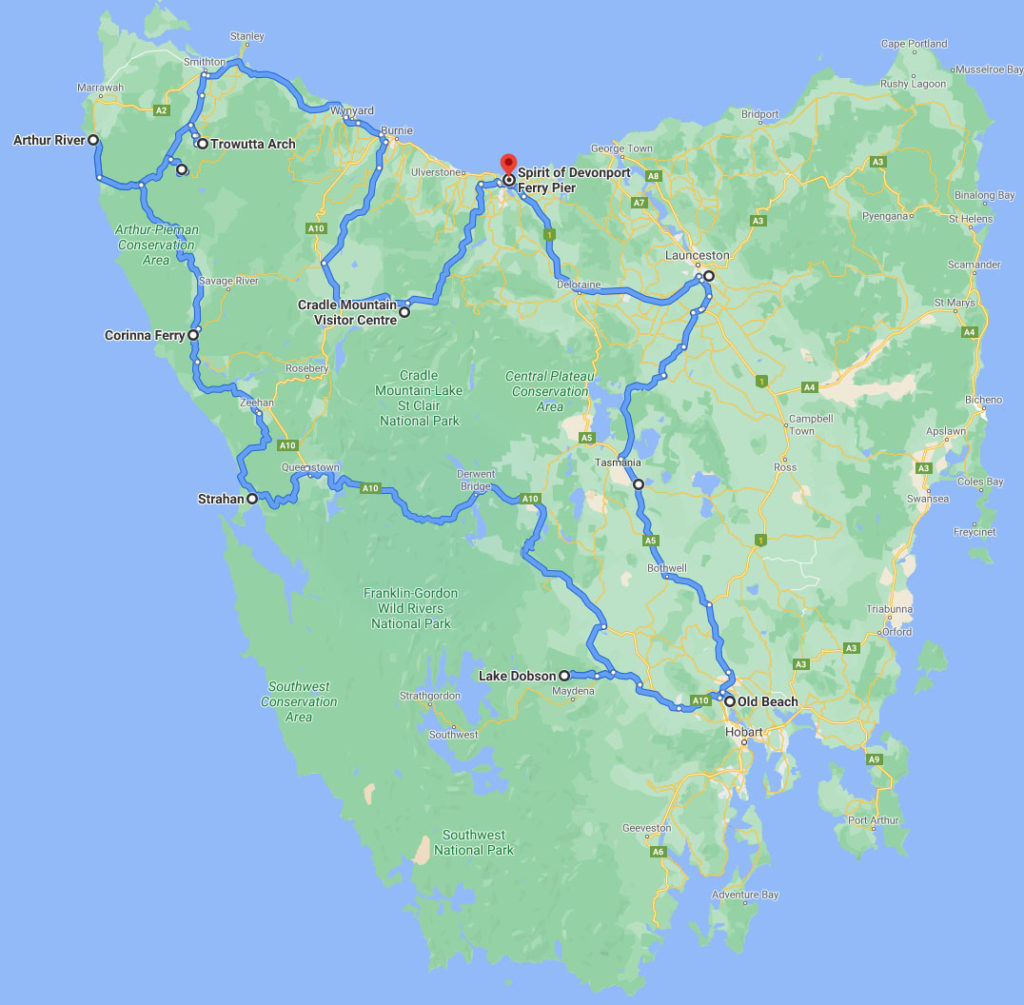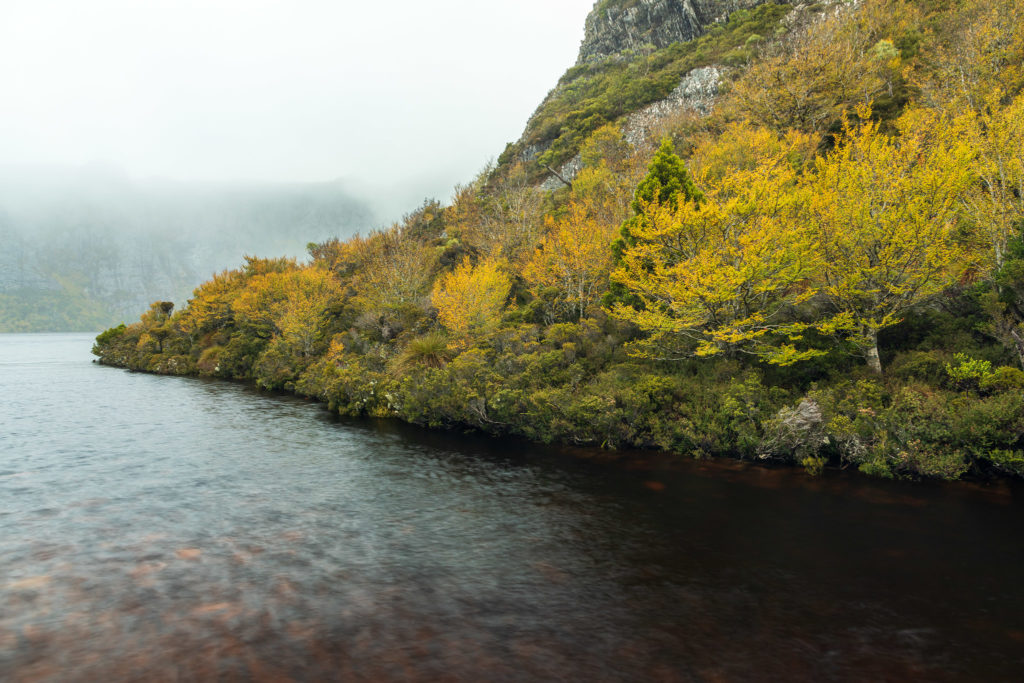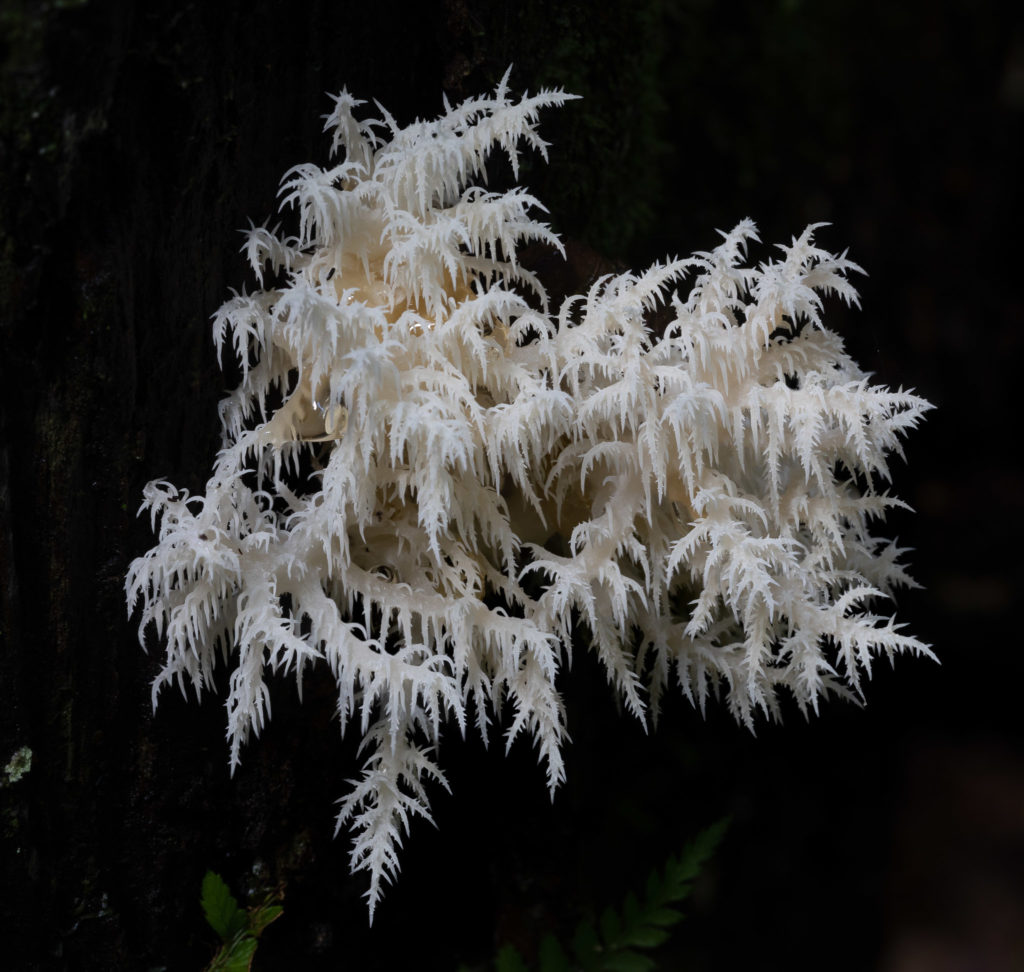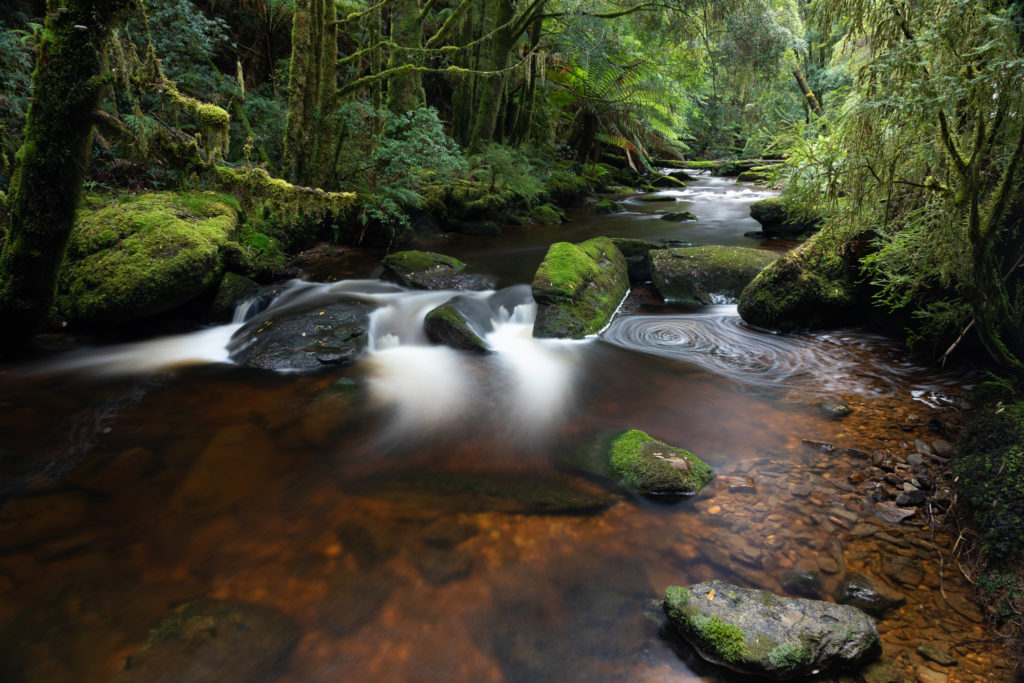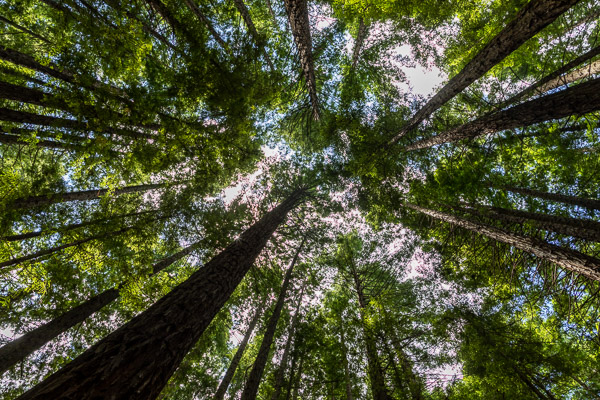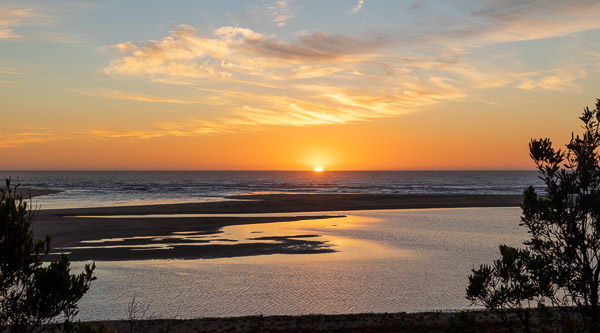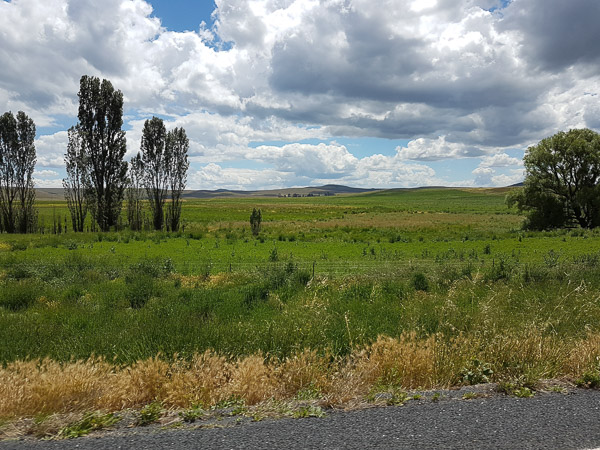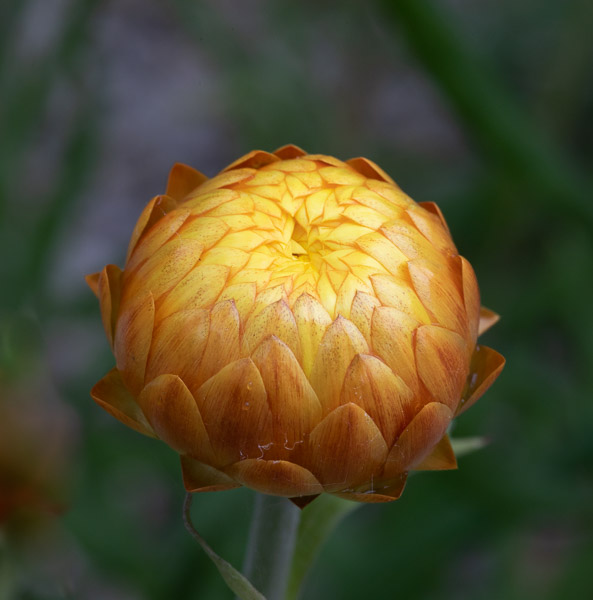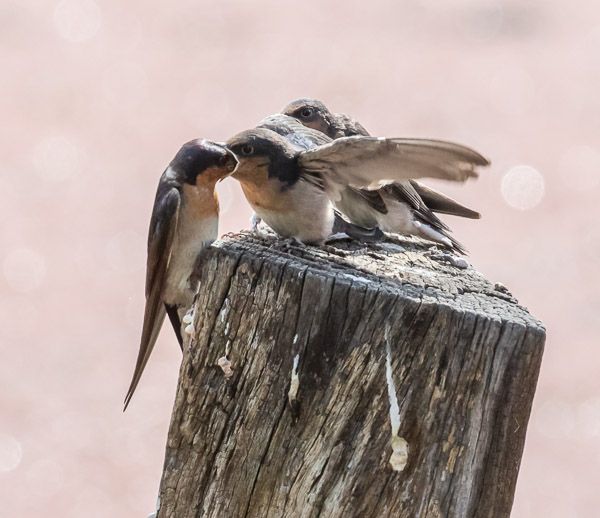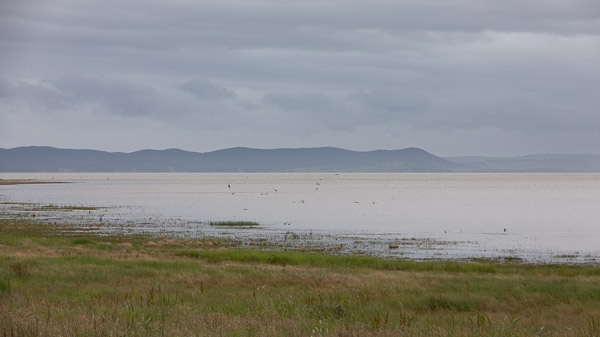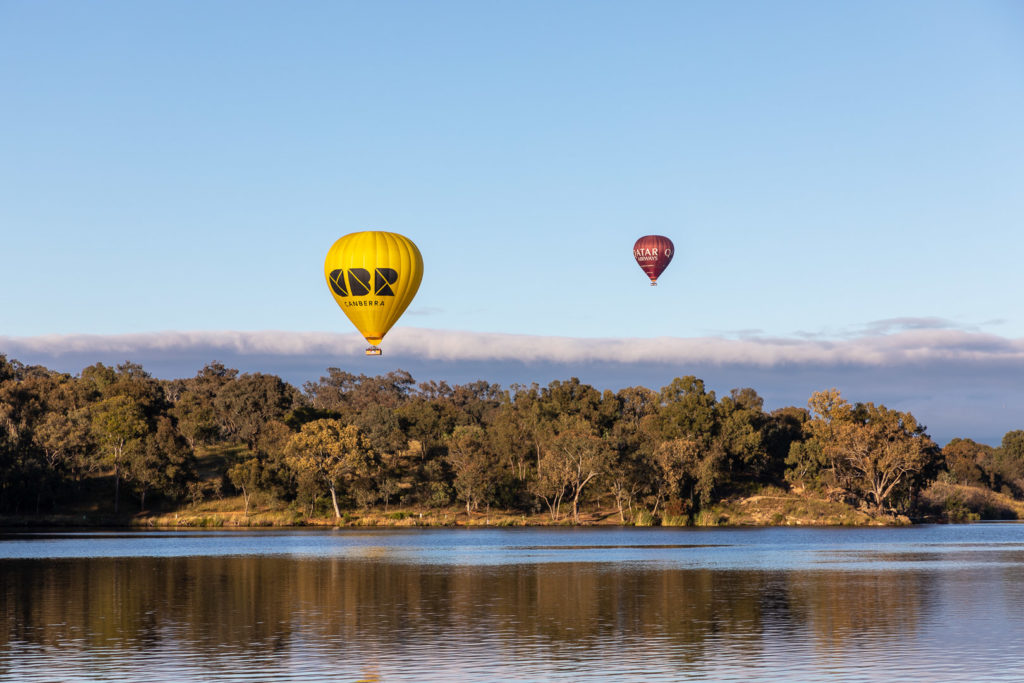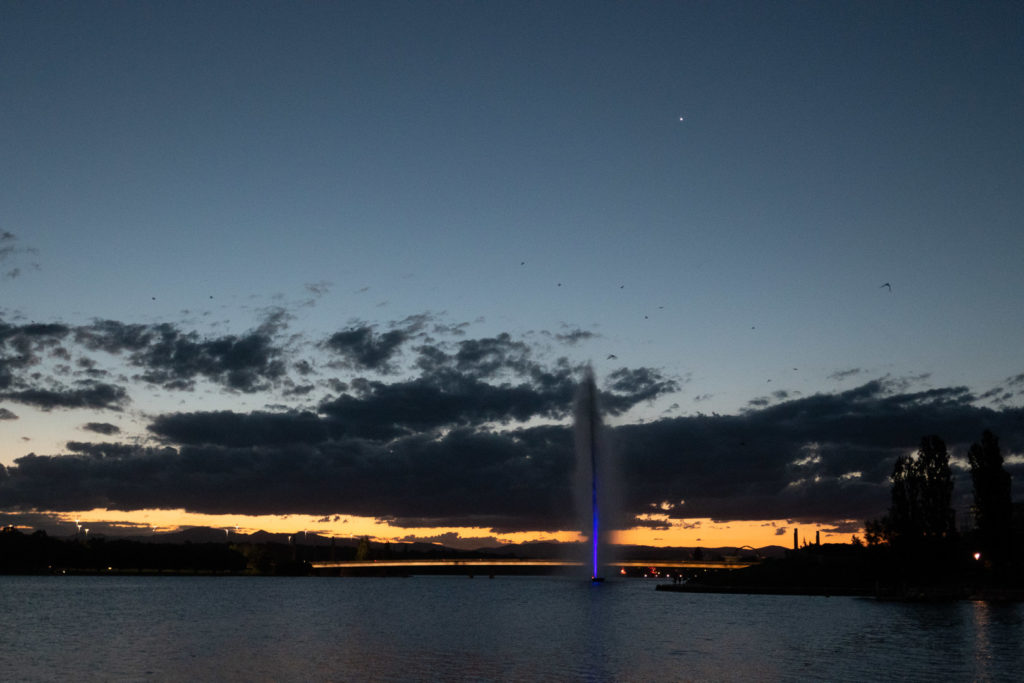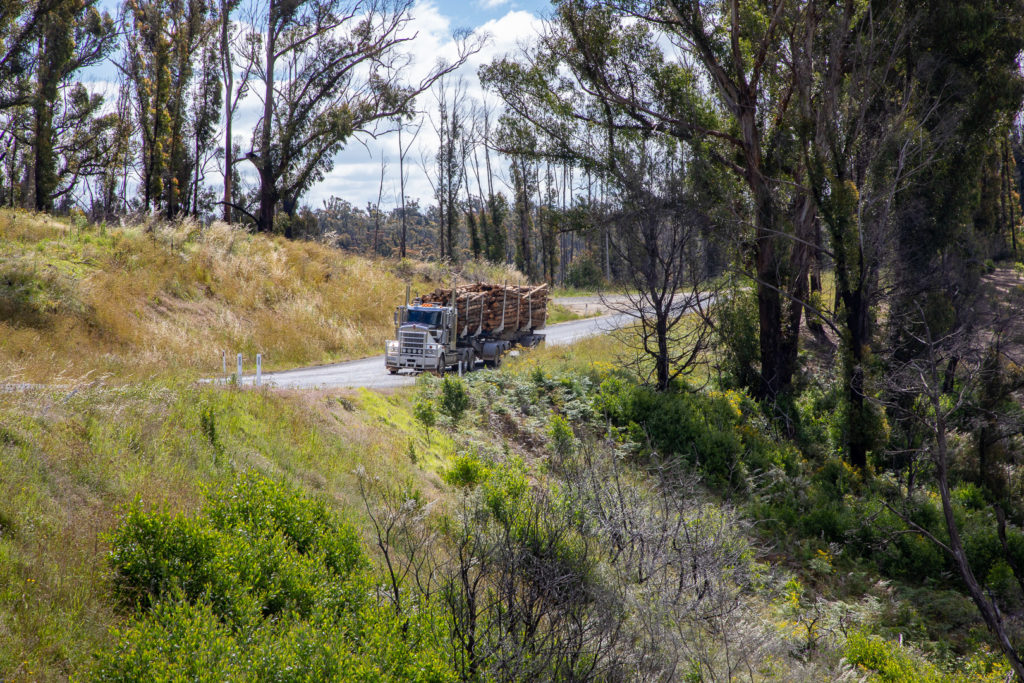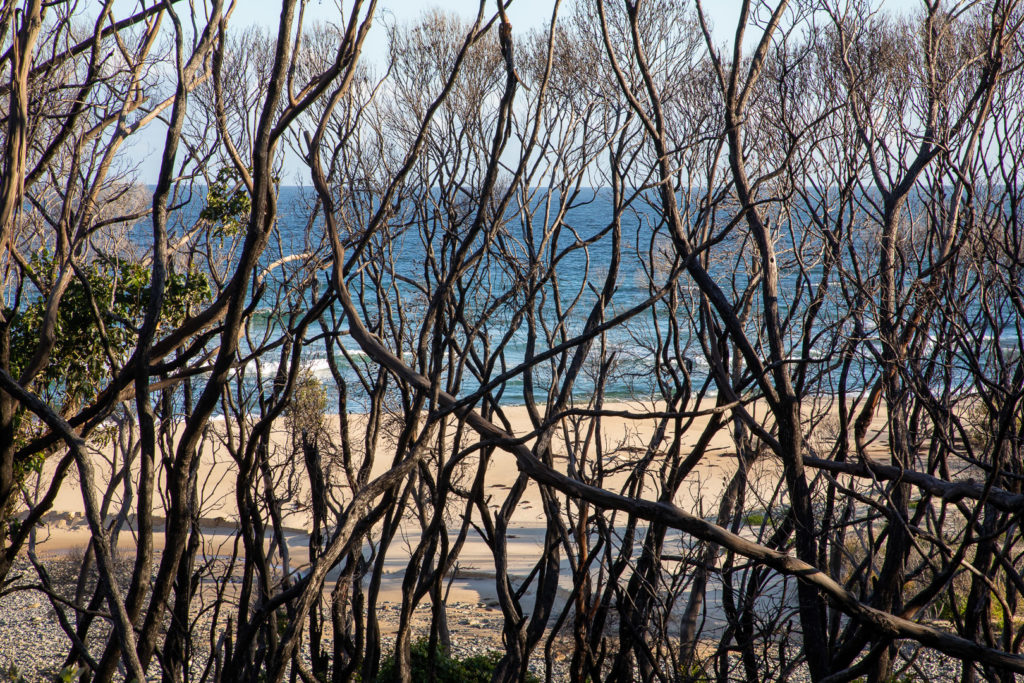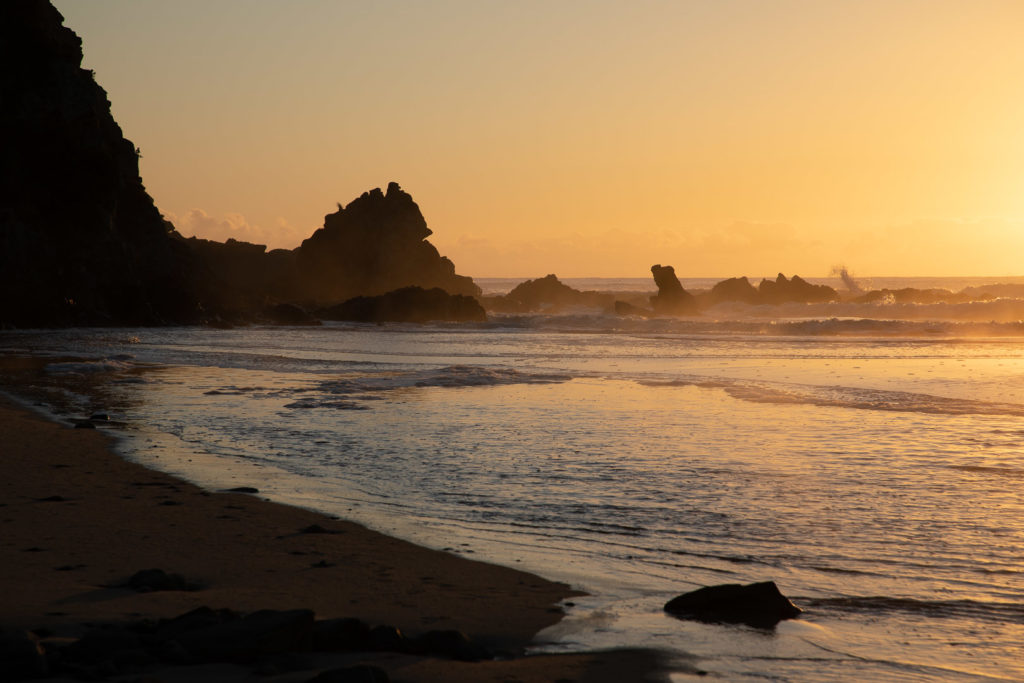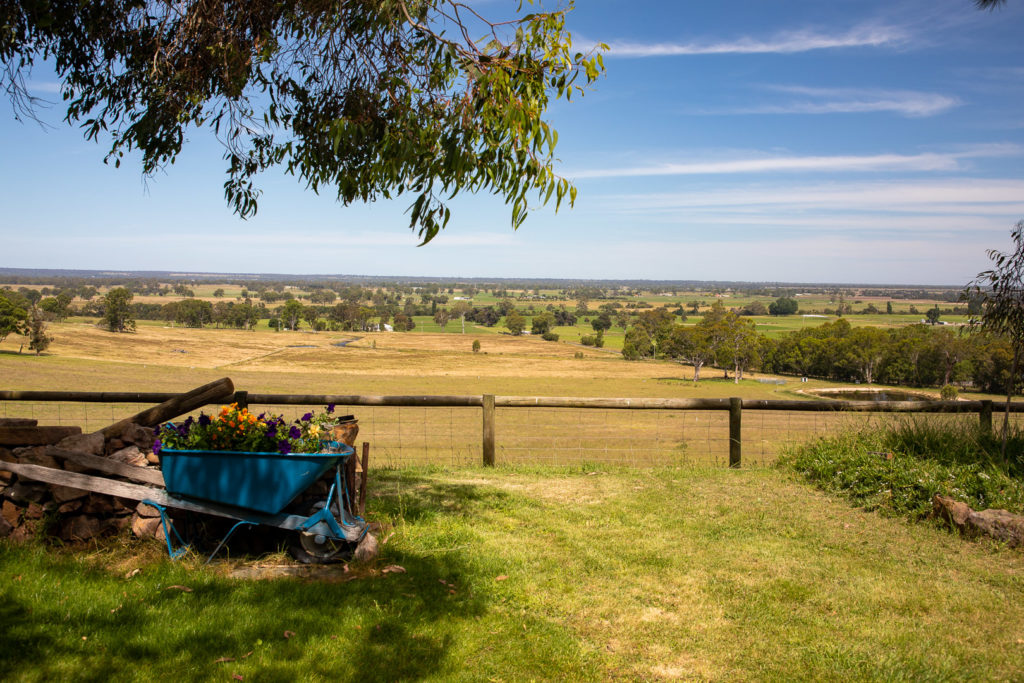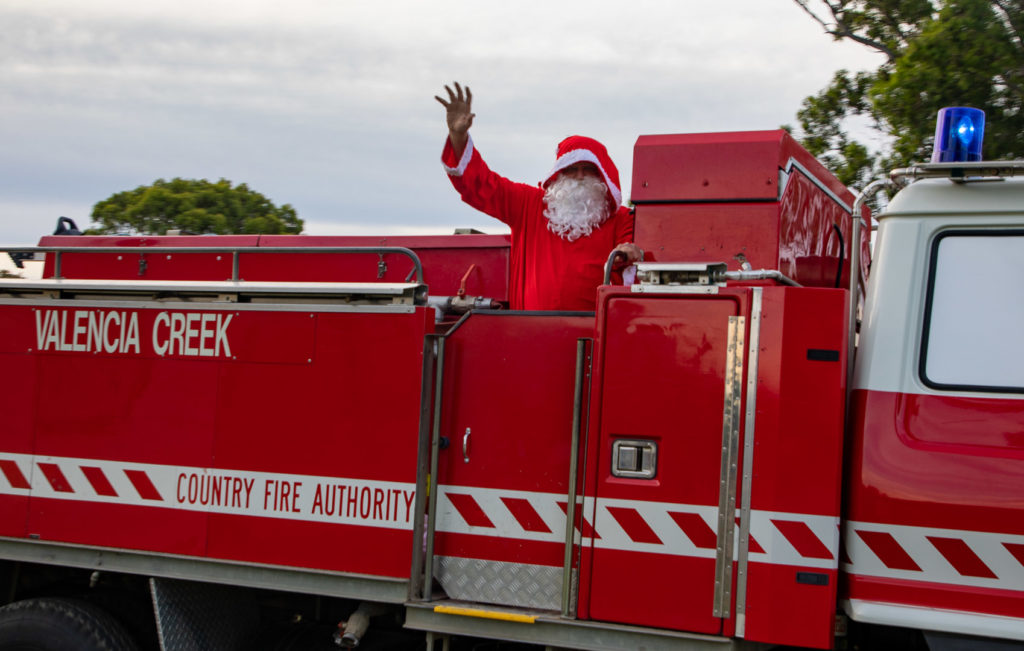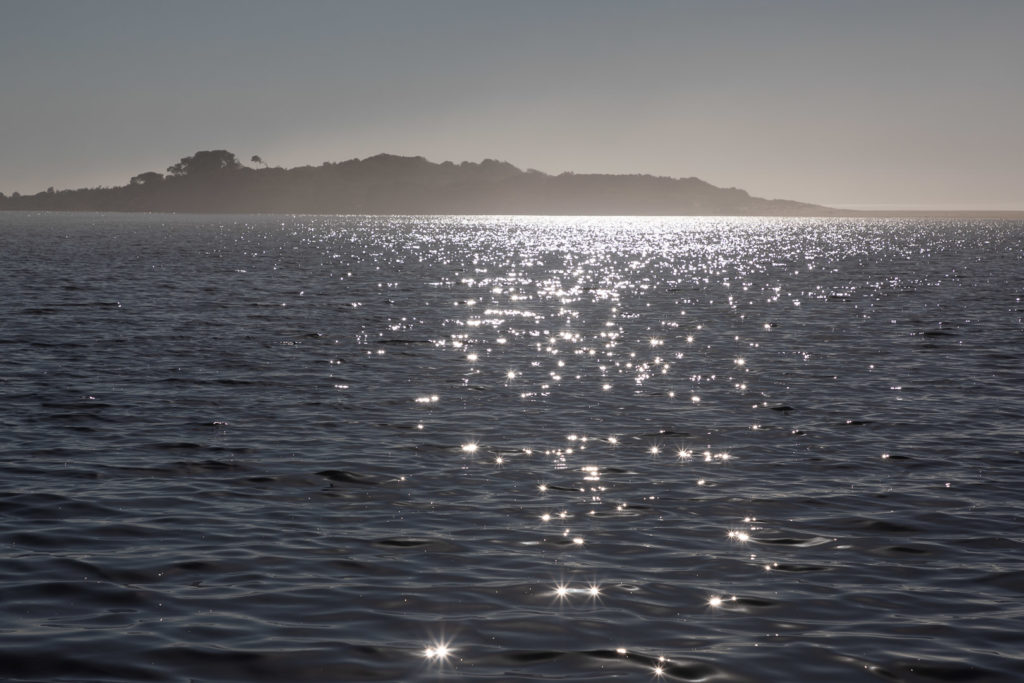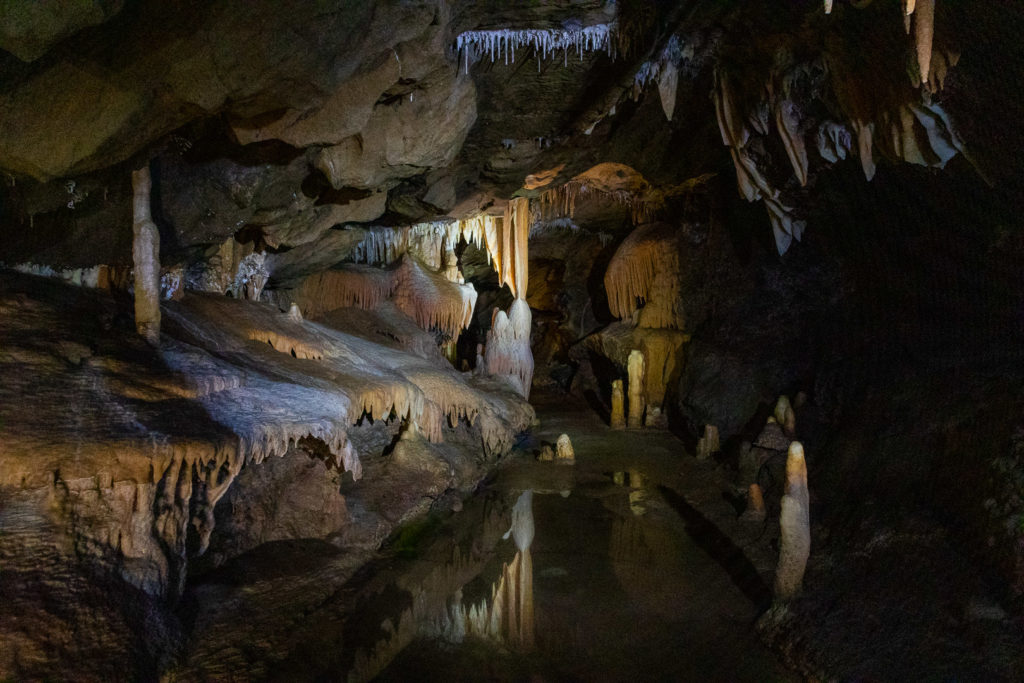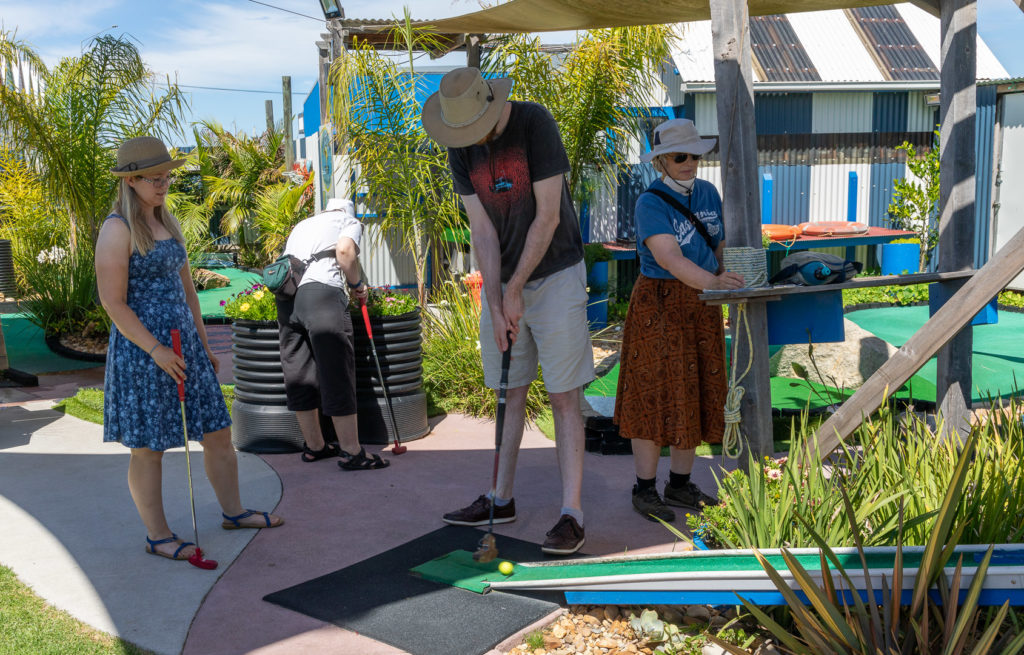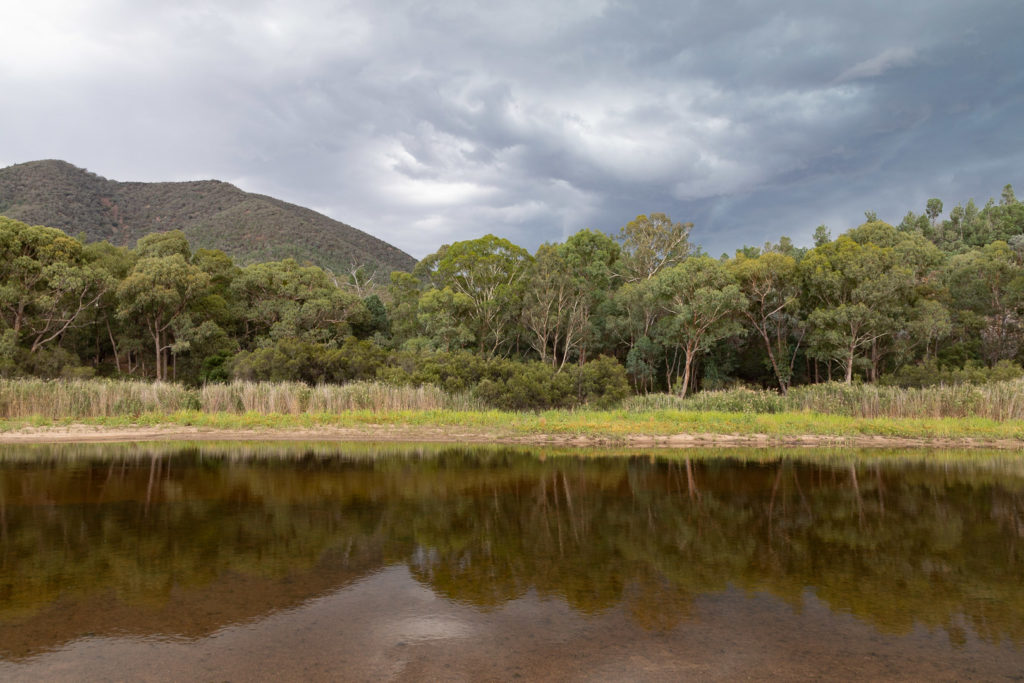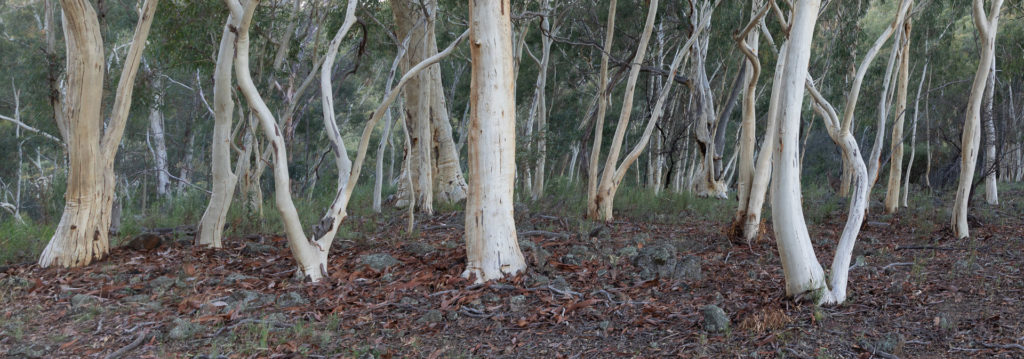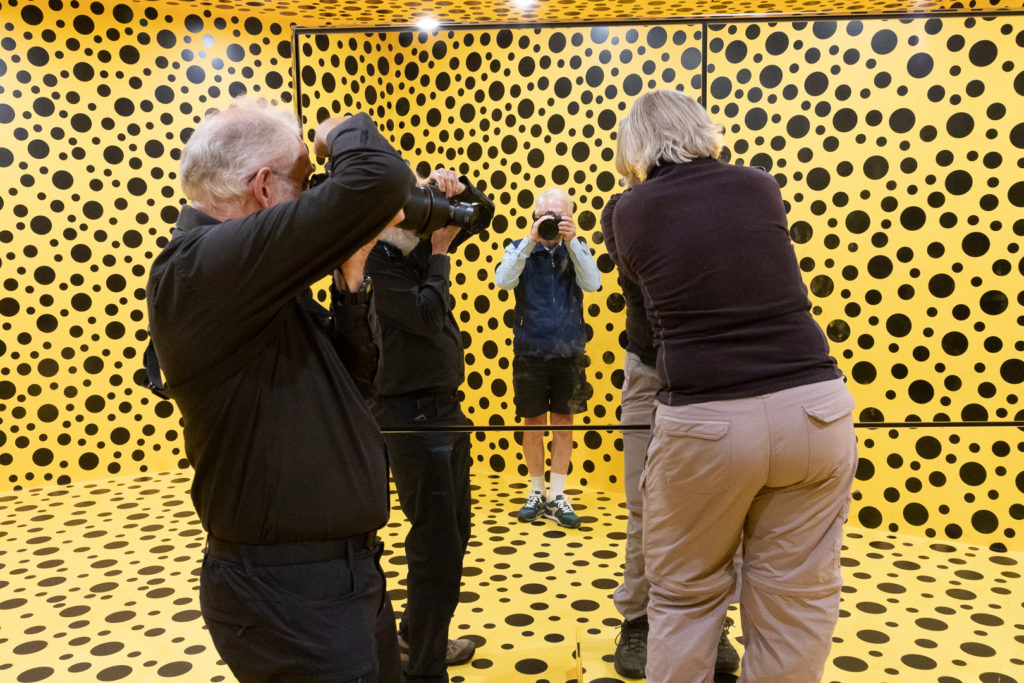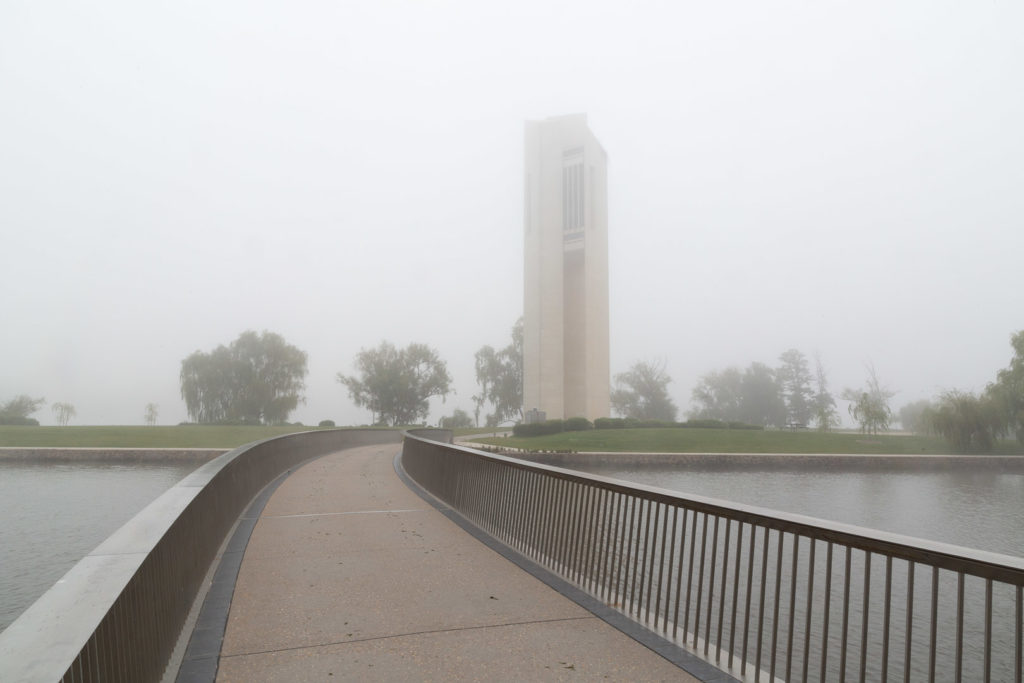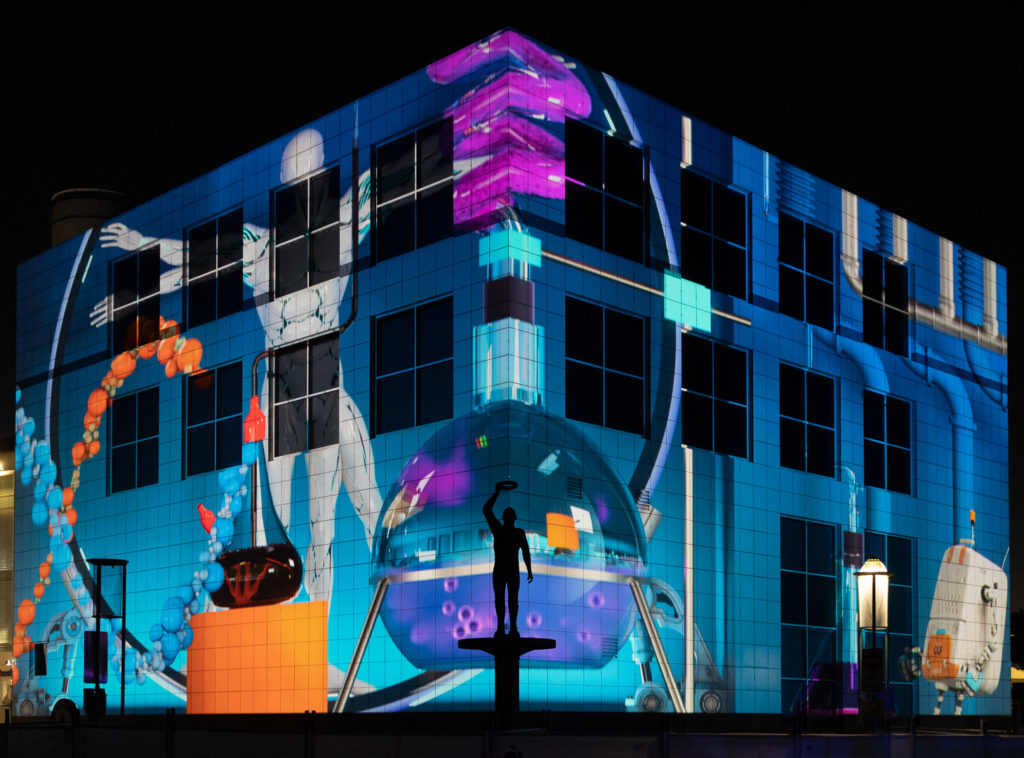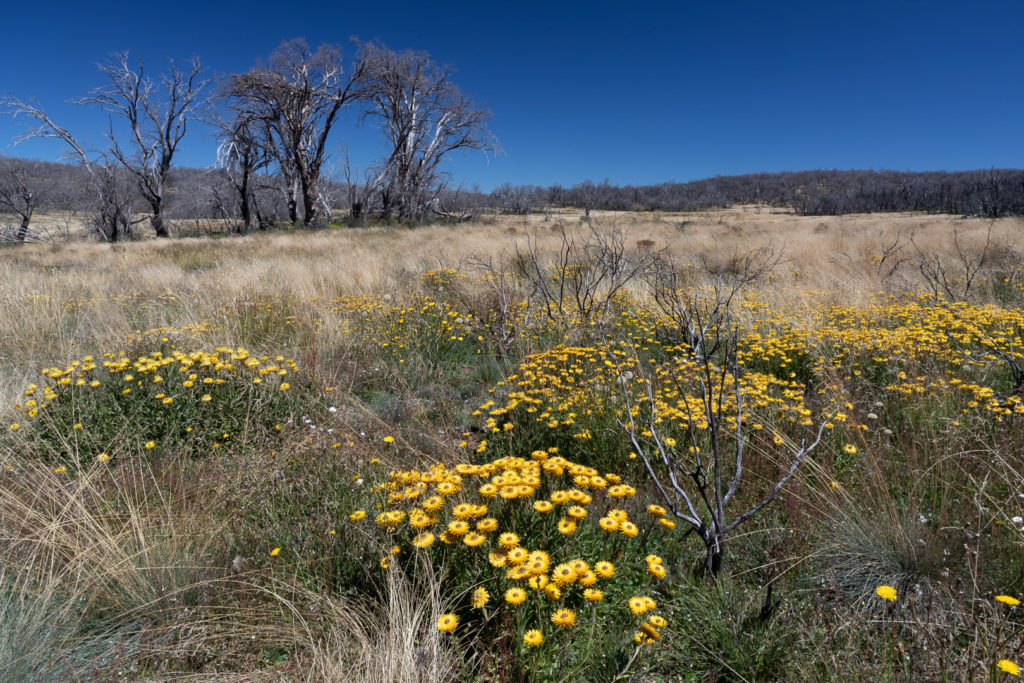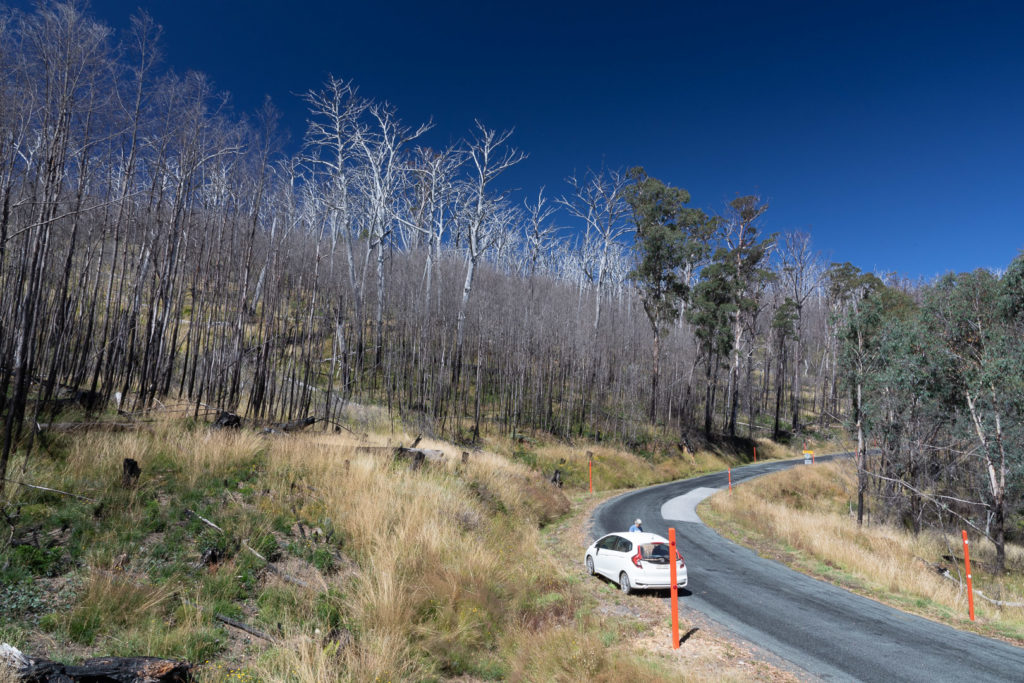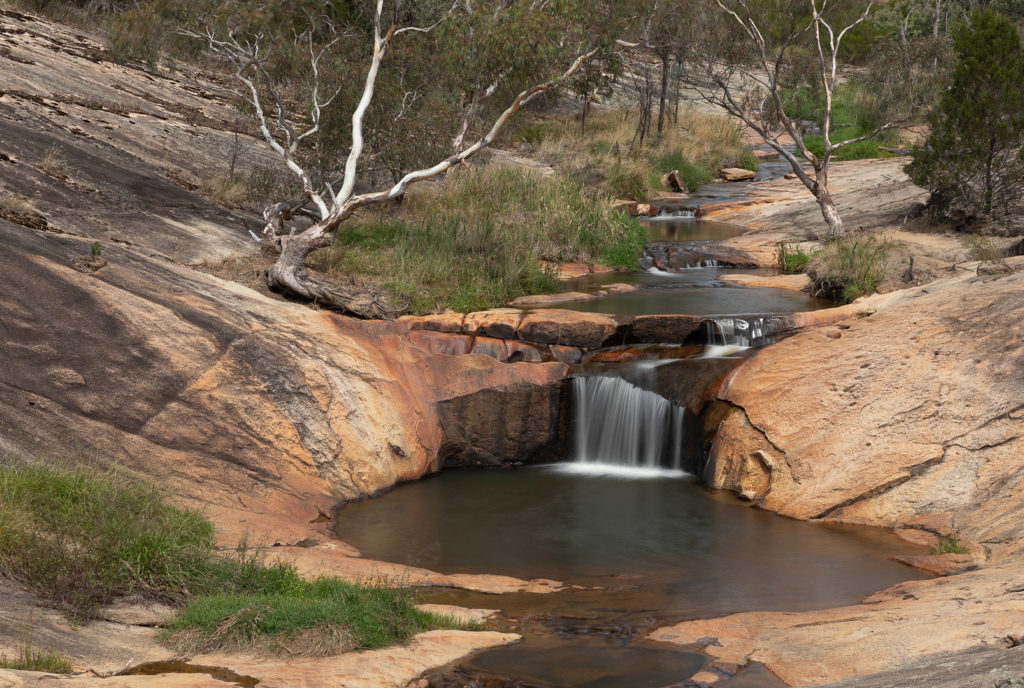Part 1
Well here we are in sunny North Queensland. daytime temperatures around 30 in the shade, and nights dropping to mid-20s overnight. Basically it is HOT. We are staying initially in Townsville with our friend Damien (we spent our first evening on the foreshore admiring the huge full moon whilst munching cheese and dips. Very relaxing), then heading down the coast to AIMS (Australian Institute of Marine Science, where we will be part of a team studying coral spawning for the few days when this happens).
Strolling round Townsville we were struck by the lack of crowds. This is not a tourist mecca. Sure, there are a few tourists about, but this is not the Gold Coast nor Cairns, where the whole economy seems to revolve around the visitors. We wandered along “the strand”, a slender park along the waterfront. Marine stingers of various types are prevalent in summer, so swimming has to be restricted to protected areas with nets or filtered water to exclude them.
The north end of the Strand is Kissing Point Fort (established on the rocky headland around 1891 as part of the coastal defense of the time, and expanded in the 1940s as strategic fortification to protect the coral sea). There are lots of historical plaques and displays on the interesting history.
At the south end of the Strand is the aquarium and the Museum of Tropical Queensland. We visited the latter. They have some lovely displays – shipwrecks (the Pandora), dinosaur fossils, coral and other natural history, and a history of Townsville (150 years), and all without great crowds of tourists. 🙂
Next day we headed North for an hour or so to the Paluma area, the southernmost part of the strip of North Queensland Rainforest. We had a quick look at Crystal Creek, a popular waterhole area in hot weather. then up along 18 km of narrow winding road to Paluma. At 1000 m, it was a relief – temperatures in the low 20s. We enjoyed a few short rainforest walks and explored the township.
In the morning we visited James Cook Uni, which turns out to be about 10 km out of town. They have some impressive facilities for animal research there. They have one of the few veterinary courses, a medical school, and so on.
With time flying we then headed around the coast to AIMS, in time for our laboratory inductions and paperwork needed to get our access passes. They have a fantastic setup. Huge areas of aquaria. An amazing system for water treatment – filtration, salinity regulation, temperature regulation – all controlled by a high tech computerised system that would not be out of place in a chemical factory. And everything is duplicated so if any part breaks it switches over the the alternative to keep everything running while repairs are made. They process and use 1.5 million litres of water every day, which gives you some idea of the the scale of the system.
The coral spawning studies required a team of 8 AIMS staff to charter a boat out to the middle reef for several days where they collected colonies that were starting to set eggs. These were brought back and placed in aquaria in time for the right timing of full moon/tide/whatever. Each species has its own rhythm, starting spawning 4 or more days after the full moon at a specific time of night. They can generally predict within a day or 2 when each will spawn, but to some extent it is a waiting game.
Colonies are placed in small tanks
where researchers like us could collect the spawn for various experiments.It gets busy at times. This is all done under dim red lights. Rather a challenge for photography. We were collecting for cryopreservation so we got the samples from whichever species were available and headed to our makeshift lab to process them. Fortunately we could do the processing under normal lights.
So far we have had a relatively calm start – only a few spawning at a time. The guess is that tonight it will start to get hectic with all hands on deck as multiple colonies of multiple species all start to spawn over the span of a few hours. I expect tonight we will be working into the wee hours. Luckily it is interesting stuff. The hours will fly by.
I’ll add more posts later. Here is a gallery of images from this trip so far:
https://goo.gl/photos/2mFXoy12VtMCR95Z7
Part 2 2016-11-20 to 2016-11-24
 New moon + 6 days. Different coral species spawn at different times after sunset – predictably within about plus or minus 30 minutes, and at different days after the full moon. There is also variation between individual coral colonies (made up of thousands of genetically identical polyps, formed by budding from the original founder), so different individuals of each species may spawn a day or two apart, so each night we get a different range of
New moon + 6 days. Different coral species spawn at different times after sunset – predictably within about plus or minus 30 minutes, and at different days after the full moon. There is also variation between individual coral colonies (made up of thousands of genetically identical polyps, formed by budding from the original founder), so different individuals of each species may spawn a day or two apart, so each night we get a different range of
corals spawning through the dusk to midnight period. The staggered spawning times is a blessing since we can then process the early spawners whilst waiting for the later spawners. Even then it gets hectic as we may have half a dozen individuals spawning in quick succession.
In between the lab work we have a little free time. I spent a couple of hours this afternoon exploring the local environs.
 The local beach features lots of turtle tracks, so I took great care not to step on any nests with buried eggs. At the end of the beach is a granite promontory which I clambered up onto. Walking on the leveller bits of granite outcrop was pleasant. The nasty spikey grass in between the outcrops was decidely unpleasant. But the scenery was rather nice, and the white breasted sea eagle soaring above my head was a bonus. They are really spectacular birds. After an hour or so I was drenched with sweat (a problem with 30+ temperatures and unshaded sun), so I headed back for a cool shower.
The local beach features lots of turtle tracks, so I took great care not to step on any nests with buried eggs. At the end of the beach is a granite promontory which I clambered up onto. Walking on the leveller bits of granite outcrop was pleasant. The nasty spikey grass in between the outcrops was decidely unpleasant. But the scenery was rather nice, and the white breasted sea eagle soaring above my head was a bonus. They are really spectacular birds. After an hour or so I was drenched with sweat (a problem with 30+ temperatures and unshaded sun), so I headed back for a cool shower.
23/11/16. Today Jill is feeling a little more energetic, so we headed off for a little adventure in the local National Park. 3 km down the road we discovered a wildfire, clearly just started – a few square metres when we reached it. By the time we’d stopped and backed up it was spread along about 10 m. I snapped a few photos – by then it was growing rapidly, so we headed back to AIMS to alert the reception who could contact the fire authorities. By the time we got back, en route to the park, the fire was well established and growing fast in the robust breeze.
 Onwards to Bowling Green Bay National Park: it is actually fairly large – 554 sq km, spreading from the coast to Mt Elliot and Saddle Mt, and incorporating some RAMSAR wetlands. Exploring these RAMSAR wetlands, however, might be problematical – Crocodile Creek and Alligator Creek indicate the sorts if dangers for the unwary ornithologist.
Onwards to Bowling Green Bay National Park: it is actually fairly large – 554 sq km, spreading from the coast to Mt Elliot and Saddle Mt, and incorporating some RAMSAR wetlands. Exploring these RAMSAR wetlands, however, might be problematical – Crocodile Creek and Alligator Creek indicate the sorts if dangers for the unwary ornithologist.
 We judiciously went towards the mountains and the headwaters of Alligator Creek. This is a very pretty area. We’re at the end of the dry season so water flow is almost down to nothing, but there are still lots of waterholes. We enjoyed watching turtles, nesting fish defending their territories and lovely woodlands. We took ourselves up the track to Cockatoo Ck, which proved a physically taxing walk with temperatures around 30°C and reasonably humid. We had swim in the waterhole there (alas, somewhat algal and warm, but refreshing nonetheless) then headed back, enjoying sights of blue winged kookaburras and so on.
We judiciously went towards the mountains and the headwaters of Alligator Creek. This is a very pretty area. We’re at the end of the dry season so water flow is almost down to nothing, but there are still lots of waterholes. We enjoyed watching turtles, nesting fish defending their territories and lovely woodlands. We took ourselves up the track to Cockatoo Ck, which proved a physically taxing walk with temperatures around 30°C and reasonably humid. We had swim in the waterhole there (alas, somewhat algal and warm, but refreshing nonetheless) then headed back, enjoying sights of blue winged kookaburras and so on.
Back down on the flats, in the acreage properties there are various places offering buckets of mangoes at $10. Clearly money grows on trees here 🙂
On the way back, there was a fire crew working on the fire, now covering several hectares. Hopefully our alert helped them get there promptly and minimise the problems.
Dinner, then back to the lab. Lots of coral spawning; lots of sperm freezing, but we were still in bed by 1am so not too bad. And as a special bonus I got a photo with a coral spitting out a gamete bundle. It’s a pity that I don’t have the specialist lenses or access to the coral at the peak of spawning to get good shots.
In case you are wondering what we are spending our nights doing, we are contributing to the development of a “frozen zoo” with different species of coral. So we wait for the coral to spawn, releasing gamete bundles. These coral are hermaphrodites – each polyp makes sperm and egg. These are released as a gamete bundle, that rises to the surface, and then, over time, the bundles break down, releasing the sperm and egg. They have ways of preventing self-fertilisation, so the sperm need to find eggs from a different individual, hence the need for synchronised spawning. Once the gamete bundles have broken down we can suck up the sperm from the bottom of the tube (the eggs go to other groups), and freeze the sperm in liquid nitrogen.
24/11/16 Back to the lab for the morning. Lots of interesting activity. Coral have algae called Symbiodynium living inside them. These algae get protection from the coral, and in return, being photosynthetic, generate nutrient for the coral. When the coral get too hot they spit out the algae as part of their stress response – this is the coral bleaching that is increasingly a problem in the Great Barrier Reef (and elsewhere round the globe).These algae were being cryopreserved as part of the whole project.
Also there were some larvae – teeny tiny larvae about 1 mm long, about 4 days after fertilisation. These will shortly undergo transformation and settlement.
A hidden advantage of hauling around large cameras with imposing lenses is people think you are a photographer and point you to scenic places. One of the cleaning staff kindly took us to see a great bowerbird bower tucked away under bushes in a corner of the AIMS facility. The bird had acquired a fascinating collection of “trinkets” including roofing screws and laboratory vials. I wish the bird had been present and displaying, but we cannot have everything.
Time to dash to the lab for the night spawning. More later. I’ve added more photos to the trip gallery so scroll down to see the new ones: https://goo.gl/photos/2mFXoy12VtMCR95Z7
Part 3

Green fluorescent protein colours in blue light. When I used a flash this beastie was just a uniform dull brown blob
24/11/12 Evening. There were now early coral spawning today, so I got a chance to get a few images of coral at night. One of the staff pointed me to a tank where I could use a white light… much easier, but still a challenge. The coral polyps are tiny and getting sufficient depth of field is hard. The air-glass-water interface of the tank introduces substantial chromatic and other optical aberrations. Oh for a nice rod lens that I can poke into the water and get clear shots from really close up.
25/11/16 I had a little free time so I took photos of some of the creatures in the aquaria at AIMS (above). There are lots and lots of nice things to see. And at sunset I headed up to the top of the hill behind the house for some sunset shots.
After dark we enjoyed watching the geckos feeding on moths attracted to the lights of the house.
26/11/2016 Time to pack for our evening flight. We took the opportunity to visit Cape Pallarendra Conservation Park just outside Townsville, literally only 15 mins from the centre of town. We saw a lovely kingfisher, an osprey fishing, WW2 coastal bunkers and observation posts and nice beaches.
Final observations on Townsville: They have amazingly slow traffic lights. If you want to get anywhere fast, avoid the main roads with lights – take the back streets. The weather when we were there was relatively pleasant – 32 daytime and 26 overnight minimum; not too bad, but draining to do anything energetic, especially out in the full sun. Multiple showers per day helped. A lot of the year the temperatures are higher and come with high humidity and correspondingly high discomfort levels. Apparently we were very lucky with the weather. Of course, when it is hot, it might be nice to swim in the sea. Alas, for half the year there are marine stingers that make swimming hazardous. And swimming on remote beaches also comes with the risk of crocodiles. The advice is not to walk along the water’s edge. The city is dominated by Castle Hill, a rugged granite monolith that rises about 280 m from the city, dominating the skyline. We drove up just before sunset and discovered the road was full of people in lycra. We thought it must be a fun-run, but it seems that many of the locals take a daily jog to the top. We were surprised.
Overall we had a fantastic time. Townsville is a great place to visit, and the AIMS research centre was amazing.
I’ve added more photos to the trip gallery so scroll down to see the new ones: https://goo.gl/photos/2mFXoy12VtMCR95Z7
And here is a short video of the coral spawning. Some of it is rather shakey – hand-held because I couldn’t get a tripod in place, and at high magnification, but it gives you an idea of what we could see in a more dynamic way than the still photos. Note that youtube may offer you the video at reduced resolution so if you play at full screen size, select the 1080p under quality within the settings dialogue (the cogwheel at the bottom right when you mouse over the video)
Stay tuned… we’re off to Sweden tomorrow. 🙂















































 We took advantage of the forecast sunny weather to head south to Pemberton to explore the Jarrah/Marri/Karri forests. Though we were supposed to have sunny weather it remained mostly overcast, but it was dry so we didn’t complain. Just out of Manjimup is the “diamond tree”. This is a huge Karri with a tree-house at the top. There are a series of these made by the foresters as fire-lookout points. Access to the top is via a ladder of spikes that spirals slowly around the trunk. We clambered up 55 metres to the top, but, sadly, the trees have grown up around so the views were probably less extensive than when it was when the lookout was established. Heading south through Pemberton we visited Gloucester National Park. It too has a tree-lookout, though we didn’t climb it. Instead we wandered round the local circuit walks enjoying the prolific floral displays.
We took advantage of the forecast sunny weather to head south to Pemberton to explore the Jarrah/Marri/Karri forests. Though we were supposed to have sunny weather it remained mostly overcast, but it was dry so we didn’t complain. Just out of Manjimup is the “diamond tree”. This is a huge Karri with a tree-house at the top. There are a series of these made by the foresters as fire-lookout points. Access to the top is via a ladder of spikes that spirals slowly around the trunk. We clambered up 55 metres to the top, but, sadly, the trees have grown up around so the views were probably less extensive than when it was when the lookout was established. Heading south through Pemberton we visited Gloucester National Park. It too has a tree-lookout, though we didn’t climb it. Instead we wandered round the local circuit walks enjoying the prolific floral displays.
 The Warren river National Park was very pleasant, with lovely forests and nice river views. Heading home we stopped at The Cascades. Hardly the most spectacular waterfall we have seen, but quietly pretty.
The Warren river National Park was very pleasant, with lovely forests and nice river views. Heading home we stopped at The Cascades. Hardly the most spectacular waterfall we have seen, but quietly pretty.



 With a weather forecast promising dry and sunny, we decided to venture further afield. The Cape to Cape is one of the more famous walks in WA, covering about 120 km and boasting some spectacular coastal scenery.
With a weather forecast promising dry and sunny, we decided to venture further afield. The Cape to Cape is one of the more famous walks in WA, covering about 120 km and boasting some spectacular coastal scenery. Cape Naturaliste has a lighthouse that serves as a navigational guide along that very hazardous shoreline, and we took a lovely walk through wildflowers – lots and lots of wildflowers – to a whale lookout were we spend a while watching even more humpbacks in their annual migration.
Cape Naturaliste has a lighthouse that serves as a navigational guide along that very hazardous shoreline, and we took a lovely walk through wildflowers – lots and lots of wildflowers – to a whale lookout were we spend a while watching even more humpbacks in their annual migration. We then headed south dropping in to Canal Rocks, and to Ellendale historic homestead (closed for maintenance so we only saw the outside). A km up the track is a small grotto where a spring pours out of a limestone cave. The nearby waterfall, we were advised by the warden, no longer flows. Apparently in this limestone country streams appear and disappear unpredictably.
We then headed south dropping in to Canal Rocks, and to Ellendale historic homestead (closed for maintenance so we only saw the outside). A km up the track is a small grotto where a spring pours out of a limestone cave. The nearby waterfall, we were advised by the warden, no longer flows. Apparently in this limestone country streams appear and disappear unpredictably.
 We camped the night at the Conto Road campsite at Cape Fitzgerald. Here the coastline is dominated by outcrops of hard gneiss rock pounded by large swells from the Southern Ocean. Very spectacular.
We camped the night at the Conto Road campsite at Cape Fitzgerald. Here the coastline is dominated by outcrops of hard gneiss rock pounded by large swells from the Southern Ocean. Very spectacular.









 Today we headed back to Cape Naturaliste. It was a good chance to show Viola and Phillip some whales and some different vegetation before they headed back to Perth.
Today we headed back to Cape Naturaliste. It was a good chance to show Viola and Phillip some whales and some different vegetation before they headed back to Perth.
































